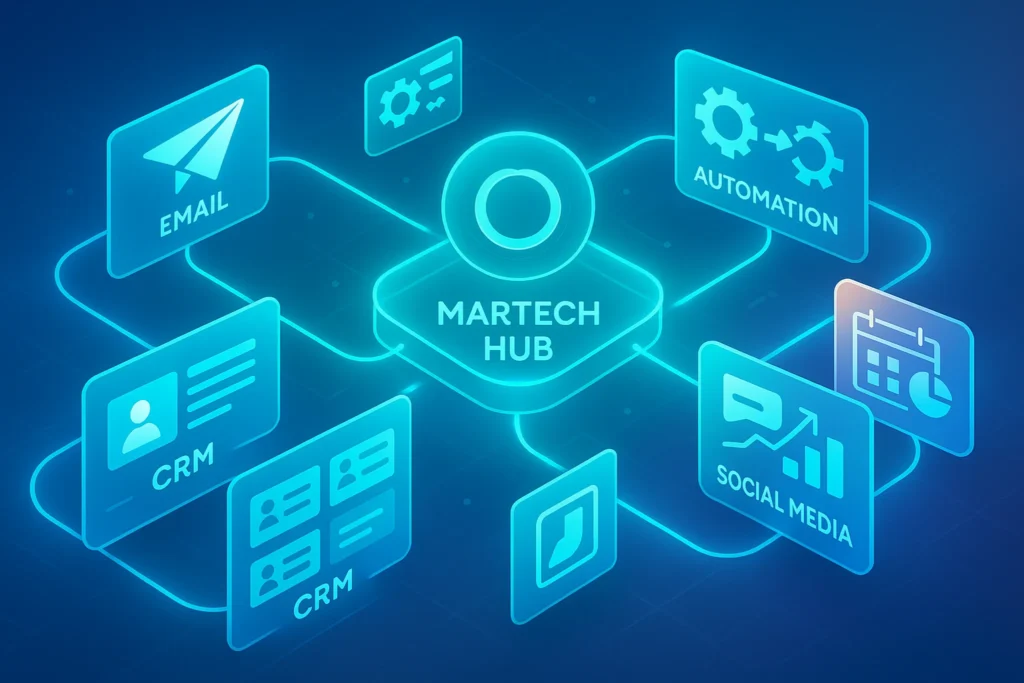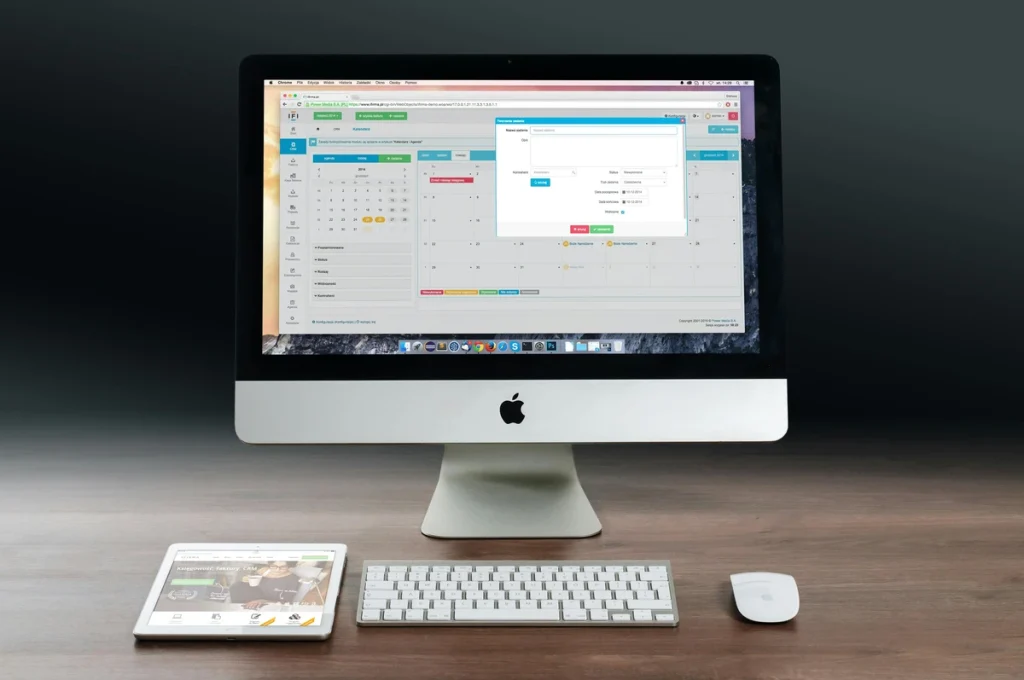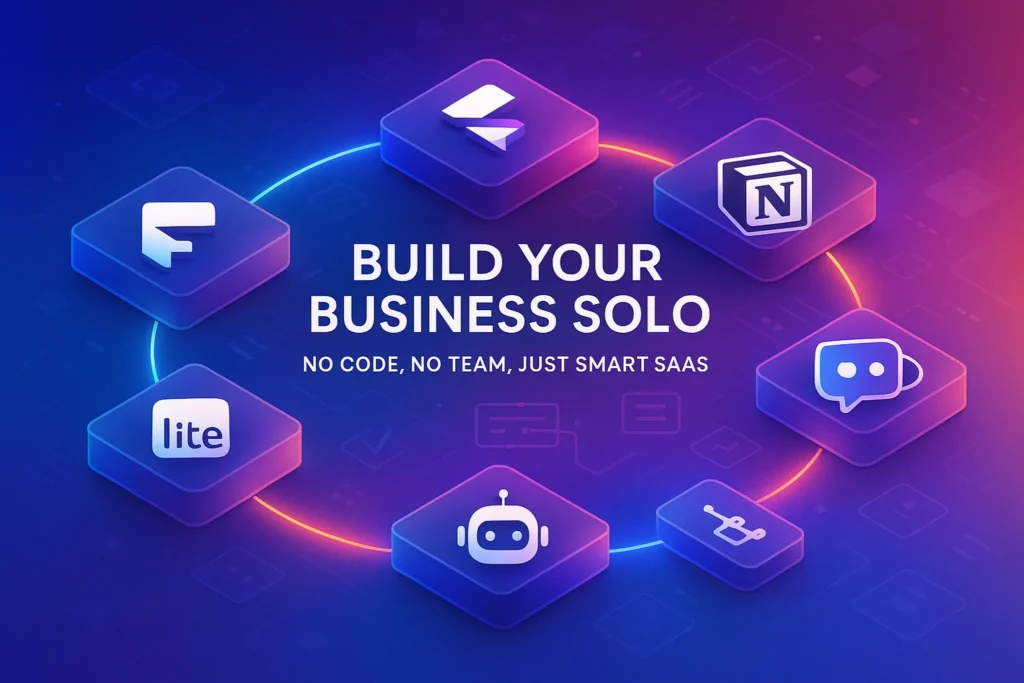-This post may contain affiliate links. If you click on one and make a purchase, I may earn a small commission at no extra cost to you.-
Introduction: The Overwhelming Martech Maze
The marketing software landscape today is nothing short of overwhelming. With hundreds of tools promising growth, automation, and ROI boosts, businesses often find themselves paralyzed by choice. Whether you’re running a lean startup or scaling a mid-sized operation, selecting the right tools can define your efficiency—or expose you to chaos.
So how do you make the right decision in a sea of options? This guide walks you through essential factors to consider, from integration capabilities to long-term scalability, helping you confidently navigate the crowded martech ecosystem.
1. Define Your Core Marketing Needs
Before you even look at product features or pricing tables, pause and clarify your business’s marketing objectives. Are you trying to:
-
Generate more leads?
-
Nurture existing customers?
-
Manage a sales pipeline?
-
Streamline email campaigns?
Each goal requires a different set of tools. For example, if your focus is on lead nurturing and customer journeys, a marketing automation tool will serve better than a basic CRM. (Still unsure about the distinction? Check out CRM vs. Marketing Automation: Which Software Does Your Business Need? for a detailed breakdown.)
Pro Tip: Don’t over-invest in a suite of tools just because they’re trendy. Match your tools to your goals—not the other way around.
2. Prioritize Integration and Ecosystem Compatibility
A common trap businesses fall into is choosing best-in-class tools that don’t talk to each other.
The real power of marketing software emerges when systems are interconnected. Your CRM, email marketing platform, lead forms, and analytics should form a seamless ecosystem. If your email tool doesn’t sync with your CRM or analytics, you’re flying blind.
What to check:
-
Does it integrate natively with your existing stack (e.g., HubSpot, Salesforce, Shopify)?
-
Are there reliable third-party connectors like Zapier or Make available?
-
Can data flow bidirectionally?
Choosing software with robust integration saves time, reduces errors, and enables smarter automation down the road.
3. Scalability: Can It Grow with You?
The software that fits your business today might choke your operations tomorrow.
When evaluating marketing tools, consider how well they scale with your business growth. Ask yourself:
-
Can this handle a 10x growth in contact volume?
-
Does the pricing model penalize scaling?
-
Are advanced features locked behind enterprise paywalls?
Many email tools and CRM systems lure you in with free or low-cost plans, only to hit you with expensive upgrades as your business grows. For an idea of where to start (especially if email is central to your strategy), check out our curated guide on Best Email Marketing Tools that support both startups and scaling brands.
4. Usability and Learning Curve
An underrated but critical factor is how easy the software is to use—not just for you, but your team.
-
Does the UI feel intuitive?
-
How steep is the onboarding process?
-
Are there helpful tutorials or in-app guides?
A technically powerful tool that frustrates users will lead to underutilization and lost ROI. Whenever possible, use free trials or demos. Involve actual team members who will use the tool—not just decision-makers.
5. Feature Set: What’s Essential vs. What’s Fluff?
Marketers often fall into the “feature trap,” where flashy dashboards or AI buzzwords overshadow the fundamentals.
✅ Focus on core functionalities like:
-
Campaign automation
-
Segmentation and personalization
-
A/B testing
-
Reporting and attribution
-
Multi-channel support (email, SMS, push, etc.)
Fancy extras like AI writing assistants or gamified analytics are great if your foundation is solid. Otherwise, they’re just distractions.
6. Cost vs. Value: Analyze ROI, Not Just Price
Price alone doesn’t reflect value. One $99/month tool may yield a better ROI than five free tools stitched together inefficiently.
When evaluating cost, consider:
-
Time saved through automation
-
Conversion improvements from better segmentation
-
Customer retention through smarter personalization
Don’t forget hidden costs like:
-
Training
-
Implementation
-
API usage fees
-
Add-ons
Nerd Tip: Build a simple ROI calculator in a spreadsheet. Estimate your time savings, potential revenue increase, and compare it to monthly cost.
🎯 Try Before You Buy
👉 Most top-tier marketing tools offer 14–30 day trials. Take advantage of these windows to:
-
Run a test campaign
-
Check integration workflows
-
Let different team members try the interface
Your trial phase is your best friend. Use it strategically.
7. Support, Documentation, and Community
In moments of friction, reliable support can be a lifesaver.
-
Does the software provide live chat or just email support?
-
Is documentation well-organized?
-
Is there a vibrant user community or forum?
Also, pay attention to response times and tone during the trial. Poor support during onboarding often signals bigger headaches later.
✅ Quick Software Checklist
| Criteria | Why It Matters | Example |
|---|---|---|
| Integration Capabilities | Avoid data silos and duplication | Zapier-compatible tools |
| Scalability | Don’t outgrow your stack too fast | CRM with unlimited contacts |
| Ease of Use | Prevent team burnout and errors | Clean UI + in-app tutorials |
| Feature Depth | Ensure you cover must-haves | A/B testing, segmentation |
| Support & Docs | Faster issue resolution | 24/7 chat, knowledge base |
🧪 Real-World Scenario: Choosing the Wrong Tool (And Fixing It)
Let’s bring this all to life with a real scenario.
Meet Jordan, a marketing lead at a growing eCommerce brand. At first, they chose a popular all-in-one marketing platform based on peer recommendations. It looked sleek and promised everything—email automation, landing pages, CRM, analytics—all under one roof.
But within six months, friction mounted:
-
The landing page builder was rigid, making every campaign slow.
-
The email segmentation was shallow, hurting targeting.
-
The CRM was disconnected from Shopify, causing serious attribution gaps.
After months of patching issues and internal frustration, Jordan made the tough call: break the bundle.
They rebuilt their stack with best-in-class tools, connected via Zapier:
-
ActiveCampaign for email
-
Unbounce for landing pages
-
Pipedrive for CRM
-
Looker Studio for analytics
While it took more upfront effort, the modular approach gave them control, depth, and long-term scalability—plus a 40% increase in campaign conversion.
👉 Takeaway? All-in-one might feel easy, but in some cases, best-of-breed tools give you the depth and agility needed for real growth.
🎬 Micro Case Study: The Solo Coach vs. The SaaS Startup
To illustrate stack decisions based on business model, let’s compare two fictional users:
🧘 Solo Wellness Coach:
-
Needs: Email newsletters, appointment booking, basic CRM
-
Stack: ConvertKit + Calendly + Notion
-
Outcome: Lightweight, easy to manage, under $40/month
🚀 SaaS Startup Marketing Lead:
-
Needs: Scalable automation, product onboarding flows, in-app messaging
-
Stack: HubSpot Pro + Intercom + Segment + Looker
-
Outcome: High setup cost, but powerful customer lifecycle control
➡️ Two very different stacks. Both “right” in their own context.
Lesson: Don’t copy a stack. Build your own.
📌 Final Word
Marketing software isn’t magic—but when chosen well, it feels magical.
Instead of chasing the next shiny tool, anchor your choices in business needs, integration clarity, and long-term value. Be deliberate. Try small. Learn fast. Optimize continuously.
And remember: tools support your strategy—they don’t replace it.
🧠 Nerd Verdict
If you’re a solo marketer or early-stage business, all-in-one may serve well initially.
But if your team is growing and needs specialized capabilities (like deep CRM insights or advanced email automation), consider modular, best-in-class tools.
For more clarity, our post on CRM vs. Marketing Automation explains when to choose each category and how they fit together—especially for lead generation vs. customer management.
❓ FAQ: Nerds Ask, We Answer
💬 Would You Bite?
What’s your biggest challenge when choosing marketing software—too many options, or not knowing what to prioritize?
Let us know in the comments, or tag us on X! 👇



